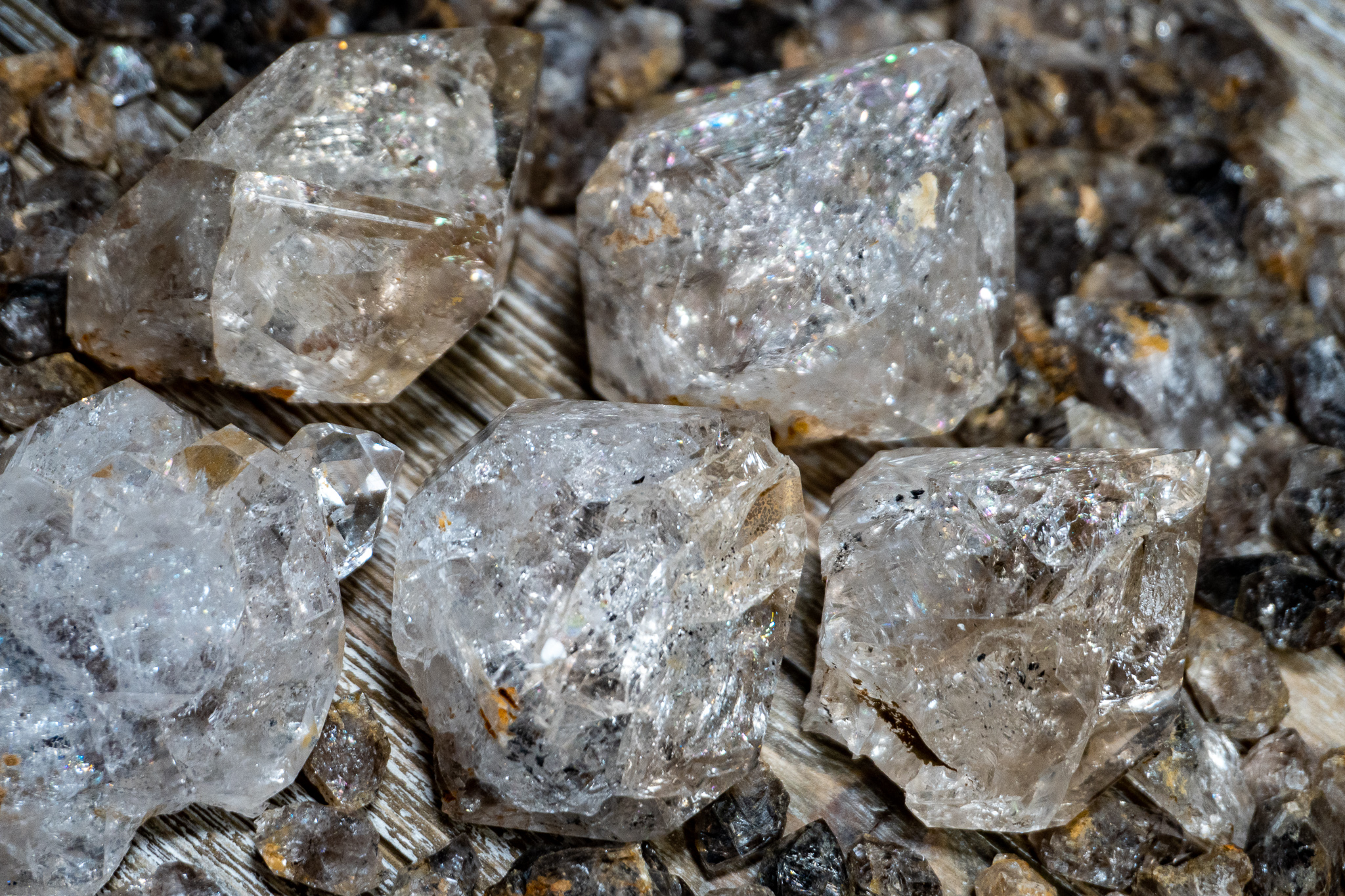Symbolism and Cultural Significance

Diamonds meaning – Diamonds have held immense historical and cultural significance throughout time. Their brilliance, durability, and rarity have made them coveted objects, imbued with profound symbolic meanings.
In the heart of a casino pit , where fortunes are won and lost with every spin, diamonds gleam like distant stars, a symbol of both hope and despair. The allure of their brilliance draws players in, promising a taste of wealth and the thrill of the chase.
Yet, like the fickle nature of the casino itself, diamonds can just as easily vanish into the night, leaving only a faint glimmer of their former glory.
In many cultures, diamonds have been associated with love, commitment, and eternal bonds. The exchange of diamond rings during marriage ceremonies symbolizes the unbreakable nature of the union. Additionally, diamonds are often used to commemorate special occasions and milestones, such as anniversaries and engagements, representing the enduring nature of love and celebration.
Diamonds, with their brilliance and durability, have long held a special significance in cultures worldwide. From ancient times, they have been associated with love, purity, and strength. Today, diamonds meaning continues to be multifaceted, reflecting our hopes, dreams, and enduring values.
Diamonds in Cultural Rituals and Traditions
Beyond their symbolic value, diamonds have played a significant role in cultural rituals and traditions worldwide. In some cultures, diamonds are believed to possess protective powers, warding off evil spirits and bringing good fortune. In ancient India, diamonds were associated with the goddess Lakshmi, who represented wealth and prosperity.
Diamonds have also been used in religious ceremonies and adornments. In Judaism, the breastplate of the High Priest was adorned with 12 precious stones, including diamonds, each representing a different tribe of Israel.
Geological Formation and Properties: Diamonds Meaning

Diamonds are formed deep within the Earth’s mantle, under extreme conditions of heat and pressure. The carbon atoms in the mantle are subjected to intense forces, causing them to crystallize into a diamond structure. This process typically occurs at depths of 150 to 250 kilometers (93 to 155 miles) below the surface and at temperatures ranging from 900 to 1,300 degrees Celsius (1,652 to 2,372 degrees Fahrenheit).
Diamonds are composed of pure carbon, arranged in a tightly packed cubic crystal structure. This structure gives diamonds their exceptional hardness and brilliance. Diamonds are the hardest known natural material, with a Mohs hardness of 10. They are also highly resistant to heat and chemicals, making them ideal for industrial applications.
Types of Diamond Deposits, Diamonds meaning
Diamonds are found in two main types of deposits: primary and secondary. Primary deposits are formed when diamonds crystallize directly from the Earth’s mantle. These deposits are typically found in kimberlite pipes, which are volcanic conduits that transport diamonds from the mantle to the surface. Secondary deposits are formed when diamonds are eroded from primary deposits and transported by rivers or glaciers. These deposits are typically found in alluvial or placer deposits.
Mining Methods
Diamonds are mined using a variety of methods, depending on the type of deposit. Primary deposits are typically mined using open-pit or underground mining methods. Secondary deposits are typically mined using alluvial or placer mining methods. Alluvial mining involves sifting through river or stream sediments to recover diamonds, while placer mining involves excavating and processing gravel deposits to recover diamonds.
Industry and Market

The global diamond industry is a multi-billion dollar enterprise that involves mining, cutting, polishing, and trading diamonds. The majority of the world’s diamonds are produced in Africa, with Botswana, South Africa, and Angola being the leading producers. Other major diamond-producing countries include Russia, Canada, and Australia.
The value of a diamond is determined by a number of factors, including its carat weight, clarity, color, and cut. Carat weight refers to the weight of the diamond in carats, with one carat being equal to 200 milligrams. Clarity refers to the number and size of inclusions or imperfections in the diamond. Color refers to the natural tint of the diamond, with colorless diamonds being the most valuable. Cut refers to the way the diamond has been shaped and polished, with the ideal cut maximizing the diamond’s brilliance and fire.
Ethical and Environmental Considerations
The diamond industry has been plagued by ethical and environmental concerns. The mining of diamonds can lead to environmental degradation, including deforestation, water pollution, and soil erosion. The trade in diamonds has also been linked to human rights abuses, including child labor and forced labor. In response to these concerns, the Kimberley Process Certification Scheme was established in 2003 to prevent conflict diamonds from entering the legitimate diamond trade. The Kimberley Process requires diamond-producing countries to implement a system of controls to ensure that their diamonds are not sourced from conflict zones.
Despite the Kimberley Process, ethical concerns remain in the diamond industry. Some critics argue that the Kimberley Process is not effective enough in preventing conflict diamonds from entering the legitimate diamond trade. Others argue that the diamond industry as a whole is unethical because it is based on the exploitation of natural resources and human labor.
Environmental Considerations
The mining of diamonds can have a significant impact on the environment. The use of heavy machinery can lead to deforestation, water pollution, and soil erosion. The disposal of mining waste can also contaminate water sources and damage ecosystems.
In addition to the environmental impacts of mining, the diamond industry also contributes to greenhouse gas emissions. The cutting and polishing of diamonds requires a significant amount of energy, which can contribute to climate change.
The diamond industry is aware of the environmental concerns associated with its operations and is taking steps to reduce its impact on the environment. Many diamond mining companies are now using more sustainable mining practices, such as reducing water use and recycling waste. The diamond industry is also investing in renewable energy sources to reduce its greenhouse gas emissions.
Diamonds, those lustrous gems, have long symbolized enduring love and unwavering strength. Yet, their true meaning lies not just in their beauty but also in the depths from which they are extracted. The Tomorrow Pit , a vast expanse of earth in Botswana, is a testament to the transformative power of these precious stones.
Here, amidst the relentless sun and unforgiving landscape, diamonds are unearthed, their journey from the depths of the earth to the realms of human adornment a metaphor for the transformative power of hope and the enduring legacy of human ingenuity.
Diamonds, with their enduring brilliance, have captivated hearts for centuries. They symbolize eternal love and steadfastness, yet their allure belies a darker side. Like the umbrella pit , where discarded umbrellas vanish into the depths, diamonds conceal secrets within their sparkling facets.
Their origins lie in the earth’s core, forged under immense pressure, a reminder of the hidden forces that shape our world.
Diamonds have long been associated with love, commitment, and strength, making them a popular choice for engagement rings and other pieces of jewelry. The diamonds meaning can vary depending on the culture and context, but they are often seen as a symbol of purity, innocence, and perfection.
Diamonds are also believed to have healing properties and are said to promote clarity of mind and emotional balance. Whatever the diamonds meaning may be, there is no doubt that these precious stones have captured the imagination of people around the world for centuries.